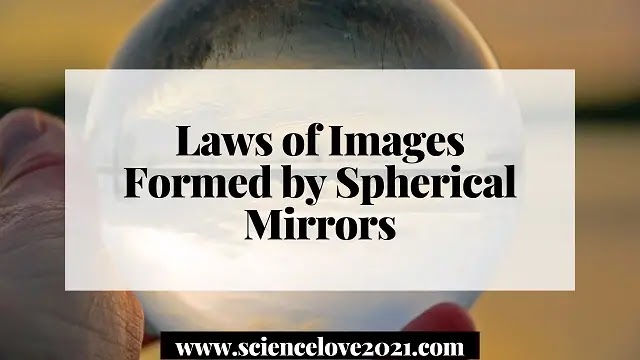Laws of Images Formed by Spherical Mirrors
When the image of an object is formed by a mirror, then there are following three rules for its formation. By which we can determine the position of the image. To determine the position of the image, any two of these rules are used-
- A ray running parallel to the principal axis of the mirror after reflection either passes through the principal focus (in a concave mirror) or appears to come from the principal focus (in a convex mirror). (see in picture)
- A ray passing through the principal focus (in a concave mirror) or going towards the principal focus (in a convex mirror) gets reflected from the mirror and becomes parallel to the principal axis. (see figure)
- A ray passing through the center of curvature (in a concave mirror) or going towards the center of curvature (in a convex mirror) returns to its own path after reflection. (This ray falls normal to the mirror). (see in picture)
Now we can find the position, size and nature of the images formed by mirrors for different positions of the object with the help of these laws. In all these pictures the mirror is M1 M2, pole P, focus F and center of curvature C.






No comments:
Post a Comment